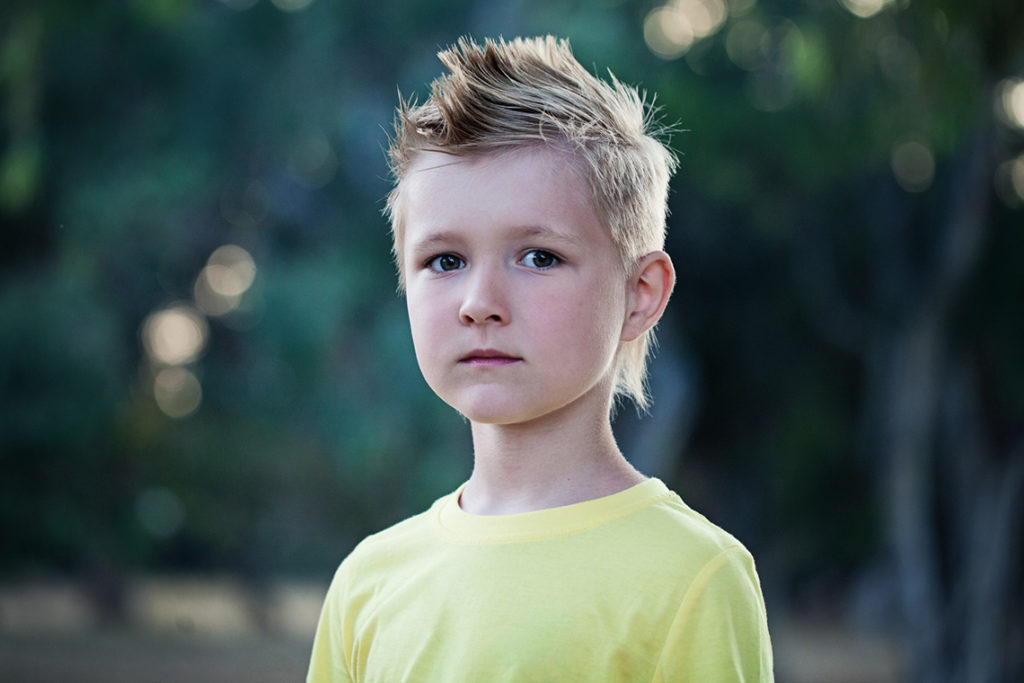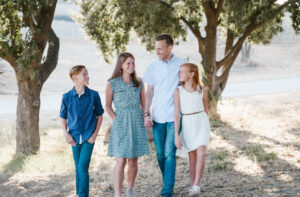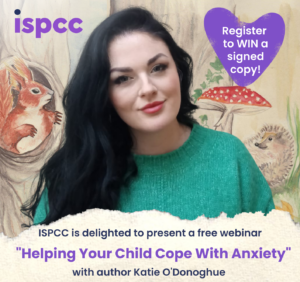
As parents, how we express our emotions can give an example to our children.
By sharing and naming our feelings, children learn how feelings can be shared and can develop the vocabulary and tools to talk about their feelings. If children see that other people can get sad or angry and that these feelings can be expressed safely and don’t need to be overwhelming, then they are likely to feel less afraid that their feelings might be unmanageable.
It is important to create times during the day when we are approachable and that children know they come and talk about anything.
Every child will express emotions in different ways and sometimes the emotions that are being expressed might mask a different feeling. For example, a child that is expressing anger might be feeling worried or fearful about something but is not sure how to express the worry.
it is important to be prepared to explore and listen to what else might be going on rather than assuming that the child is feeling a certain way.
Tips for responding to children’s expression of emotion
- Validate and acknowledge that they are feeling a certain way, for example by telling them ‘ I see that you are upset’, ‘it looks like you are sad’, etc, rather than rejecting their feelings or telling them how they should feel, eg. ‘It’s silly to cry about that’, ‘ I don’t want to see you get angry’, etc.
- Remember that positive feelings also need to be validated and highlighted, eg. ‘you looked so happy and proud when you won’, ‘I can see that you are excited’, etc. This can amplify these feelings and can create positive cycles of feeling good and getting positive feedback for feeling good.
- Allow children and young people space to describe and talk about how they feel and what has made them feel this way. It is good to let them process their feelings and express themselves before trying to help them to remove or replace the feeling.
- Respond with reassurance and empathy towards their feelings. Talk to your child about how they would like you to respond to particular feelings, e.g. if they are angry, would they prefer to have space on their own or do they need help to calm themselves down? If they are sad, do they want lots of cuddles or do they prefer to play a game to help them feel better?
- Remember that as a child grows up and develops they will express their feelings in different ways and may need a different response. By continuing to be curious, responsive and asking them what they need, parents and carers can adapt to these changes over time.
You can read how we presented information about feelings and emotions to children and young people through our Childline.ie site here.


